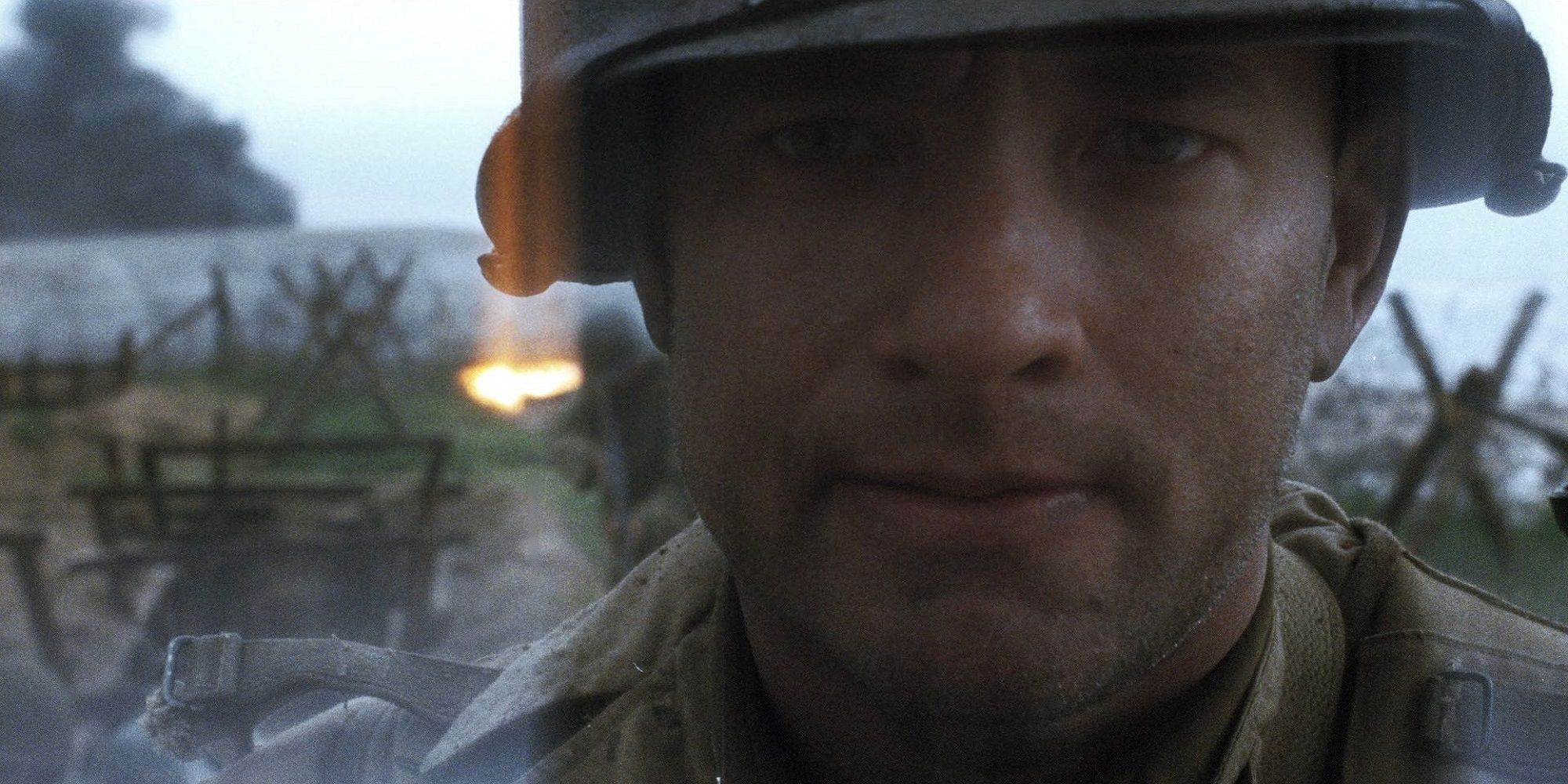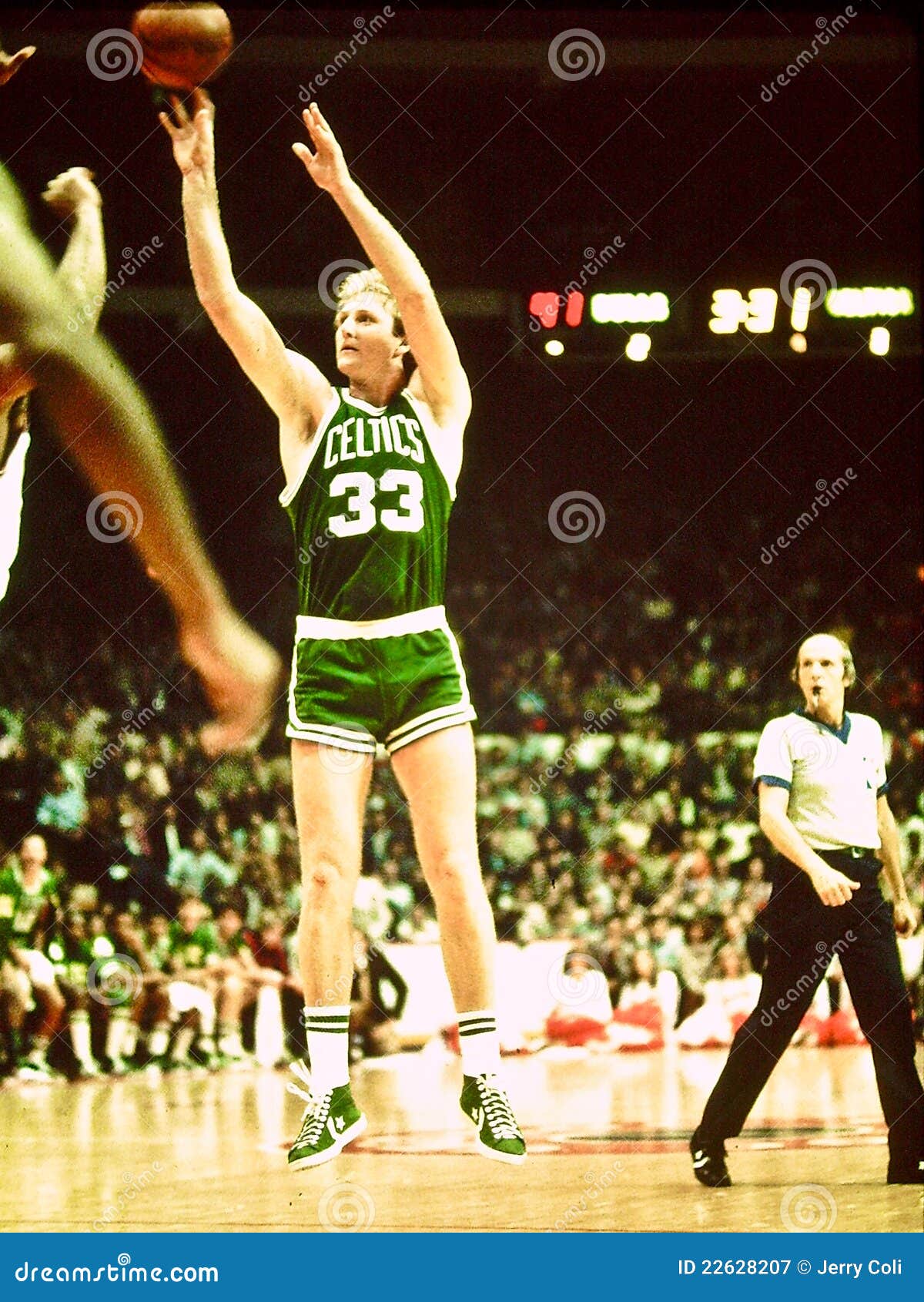Beyond Saving Private Ryan: A Military Historian's Guide To Authentic WWII Cinema

Table of Contents
- Evaluating Weaponry and Military Equipment in WWII Films
- Accuracy of Small Arms and Personal Weapons
- Depiction of Vehicles and Artillery
- Uniformity, Insignia, and Military Ranks in WWII Films
- Accurate Representation of Uniforms Across Different Armies
- The Significance of Accurate Insignia and Rank Structure
- Tactical Realism and Battlefield Strategies in WWII Cinema
- Analyzing the Portrayal of Combat Scenarios
- The Importance of Understanding the Context of Warfare
- Beyond the Battlefield: Civilian Life and Propaganda in WWII Films
- Depicting Civilian Experiences During the War
- The Role of Propaganda and its Portrayal in Film
- Conclusion
Evaluating Weaponry and Military Equipment in WWII Films
The accuracy of weaponry and military equipment is crucial for judging the authenticity of a WWII film. Even minor inaccuracies can detract from the overall historical accuracy and create a sense of dissonance for informed viewers.
Accuracy of Small Arms and Personal Weapons
Examining the small arms used is a good starting point for assessing WWII movie accuracy. Many films feature anachronisms – weapons used in a later conflict or not yet developed during the timeframe depicted.
- Accurate Portrayals: Band of Brothers generally excels in its depiction of firearms used by US troops, showcasing the M1 Garand, Thompson submachine gun, and M1911 pistol accurately.
- Inaccurate Portrayals: Some films inaccurately depict soldiers using weapons not in service at the time, or showcasing weapons with incorrect modifications.
- Common Errors: These often include the misidentification of weapon types, incorrect ammunition, and anachronistic attachments. For example, showing soldiers using advanced scopes on rifles that wouldn't have had them available in a specific battle.
Depiction of Vehicles and Artillery
The portrayal of vehicles and artillery is equally important. Incorrect markings, technological inconsistencies, and the use of vehicles not present in a particular theatre of war can all signal a lack of historical accuracy.
- Accurate Portrayals: Films like Fury make a significant effort to depict Sherman tanks and other military vehicles with considerable accuracy, although some creative license is still evident.
- Inaccurate Portrayals: Many films feature tanks or planes that were not used during the specific battles they depict, leading to historical inconsistencies.
- Common Errors: These can include incorrect camouflage schemes, out-of-place vehicle models, and inaccurate depictions of artillery pieces and their deployment. The use of modern tank treads on a supposedly vintage tank is a common blunder.
Uniformity, Insignia, and Military Ranks in WWII Films
Understanding military uniforms, insignia, and rank structures is key to evaluating the authenticity of a WWII film. The details matter, as they can dramatically impact the film's historical accuracy and viewer understanding.
Accurate Representation of Uniforms Across Different Armies
The intricacies of military uniforms varied widely across different nations involved in WWII. Accurate representation requires meticulous attention to detail.
- Accurate Portrayals: Documentaries and some high-budget feature films often take pains to ensure uniform accuracy, although even then, subtle inaccuracies may remain.
- Inaccurate Portrayals: Many films use generic uniforms or combine elements from different periods and armies, leading to noticeable inconsistencies.
- Specific Examples: Incorrect placement of insignia, variations in camouflage patterns specific to certain units, and inappropriate use of rank insignia are common errors. For example, misrepresenting Waffen-SS uniforms or confusing the insignia of various Allied units can be significant blunders.
The Significance of Accurate Insignia and Rank Structure
Accurate insignia and rank structure are not mere cosmetic details; they reveal the military hierarchy and unit identification vital to understanding military operations.
- Historical Misinterpretations: Inaccuracies can lead to misunderstandings about troop movements, command structures, and the roles of specific units in combat.
- Attention to Detail: Accurate depiction of rank and unit insignia is essential for creating a believable and historically informed narrative. A small detail such as a missing sleeve patch could indicate a significant lack of research.
Tactical Realism and Battlefield Strategies in WWII Cinema
The portrayal of combat scenarios needs to reflect the tactical realism and battlefield strategies employed during WWII. Creative license can be taken, but it should not come at the expense of historical understanding.
Analyzing the Portrayal of Combat Scenarios
Evaluating the accuracy of battle sequences involves analyzing tactics, strategies, and troop movements. Many films depict battles in a way that reflects the limitations of filmmaking rather than the historical record.
- Accurate Portrayals: Das Boot offers a claustrophobic and relatively realistic depiction of submarine warfare, despite some creative license.
- Significant Creative Liberties: Many action-oriented films prioritize dramatic impact over historical accuracy, sacrificing realism in the name of entertainment.
- Specific Battles: The representation of specific battles like Stalingrad or Iwo Jima presents unique challenges in terms of scale, troop numbers, and tactical considerations.
The Importance of Understanding the Context of Warfare
Understanding the broader historical context is crucial for evaluating the accuracy of any film depicting WWII. The political and strategic factors at play influence tactical decisions and battlefield outcomes.
- Historical Context: The reasons behind a particular battle, the political motivations, and the overall strategic goals need to be understood to judge the accuracy of a film's depiction.
- Political and Strategic Factors: Oversimplifying complex historical contexts often leads to inaccuracies in depicting troop deployments, command decisions, and the overall dynamics of the war.
Beyond the Battlefield: Civilian Life and Propaganda in WWII Films
Authentic WWII cinema also needs to capture the experiences of civilians and the role of propaganda in shaping public perception during the war.
Depicting Civilian Experiences During the War
Accurately representing civilian life under wartime conditions is crucial. The experiences of those under occupation, facing rationing, and subjected to wartime propaganda significantly influenced the conflict.
- Successful Portrayals: Films that effectively portray the hardships faced by civilians, the disruption of everyday life, and the emotional toll of war offer a valuable perspective on the human impact of the conflict.
- Ethical Considerations: Accurately depicting civilian suffering requires sensitivity and a responsible approach to avoid gratuitous or exploitative portrayals.
The Role of Propaganda and its Portrayal in Film
The role of propaganda during WWII is significant and deserves careful consideration in any historical film. Different sides employed propaganda techniques to shape public opinion, both domestically and internationally.
- Accurate Portrayal of Propaganda: Films that realistically portray propaganda methods, whether in the form of posters, newsreels, or radio broadcasts, shed light on how information was manipulated.
- Objectivity: Representing propaganda objectively, acknowledging the biased nature of the messages, and showcasing the different approaches employed by different sides of the conflict is critical.
Conclusion
Evaluating the historical accuracy of WWII films requires a critical eye and a strong understanding of military history. This guide highlights the importance of examining details, from weaponry and uniforms to tactical decisions and civilian experiences. By approaching authentic WWII cinema with an informed perspective, we can appreciate the films that strive for historical accuracy while acknowledging the creative liberties taken by others. Become a more discerning viewer of authentic WWII cinema by critically examining the historical details and further enriching your understanding of this pivotal period in history!

 Will Xrp Break Through 3 40 Resistance
Will Xrp Break Through 3 40 Resistance
 T
T
 Dwp Announces Major Universal Credit Claim Verification Changes
Dwp Announces Major Universal Credit Claim Verification Changes
 Jayson Tatums Honest Assessment Of Larry Bird A Boston Celtics Legend
Jayson Tatums Honest Assessment Of Larry Bird A Boston Celtics Legend
 11 Million Eth Accumulated Implications For Ethereums Price
11 Million Eth Accumulated Implications For Ethereums Price
